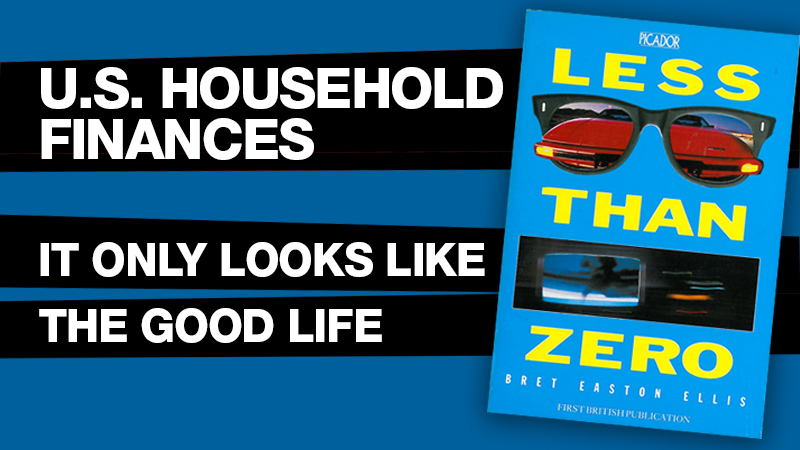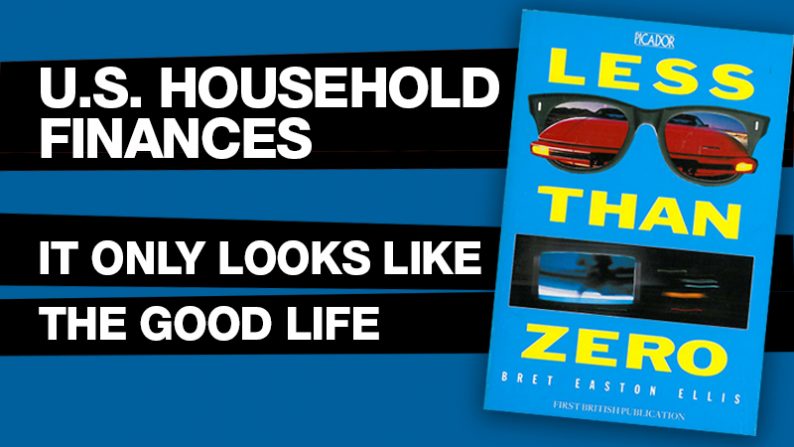
Of all the recognized generational cohorts dating from the American Revolution, it is the 13th or the Generation X cohort which demographers find hardest to define. Did the stork deliver the first Gen X-ers as early as 1960 or as late as 1965? Was the end date for their births 1976 or 1984? And what of their collective character? At one time they were considered to be disdainful apathetic slackers, but since have become known as confident, hardworking and extremely entrepreneurial.
What is not in question is their unforgettable movie characters whose reasons for being were to make us laugh, not cry. Think Sixteen Candles’ hysterical foreign exchange student, Long Duck Dong and the impossible, too cute to rebuke truant, Ferris Bueller. And who didn’t harbor a soft spot for Pretty in Pink’s Ducky or Chet in Weird Science? It was the 80s, and even outcasts could be transformed into loveable friends on the big screen. You just can’t deny the affection we all felt for every last recipient of Saturday detention as The Breakfast Club credits rolled along to our anthem, “Don’t You Forget About Me?”
But then there was Less than Zero, which more than made up for the rest of the light-hearted lot. The 1987 hit stands as the Eighties’ testament to Film Noir replete with shoulder-pad wardrobed femme fatales, darkly doomed heroes and even nastier anti-heroes. Can anyone argue James Spader as a debt-collecting drug dealer was his least likeable character? Of course, the movie made an icon out of Robert Downey, Jr., whose stoned character gave new meaning to, ‘Don’t Leave Home Without It,’ when he tried to swipe his American Express card to gain entry to the family mansion’s (open) sliding glass door.
The film’s byline, “It Only Looks Like the Good Life,” summed up the Yuppie era to a tee, a time when U.S. households woke to the idea of aspiration, as in aspirational lifestyles. Longing to break free from their parents’ frugal ways, many Baby Boomers embraced the relatively novel world of easily accessible debt with relentless relish.
Of course, it was a different place from which to take a leap of fiscal faith. Both the saving rate and 5-year jumbo CD rate were 7.9 percent when Less than Zero was released in November 1987. Inflation, meanwhile, had finally been tamed and was running at about half the rate people were setting aside in rainy day funds.
You might be thinking, hmmm, wasn’t something else going on about then? Well, yes, of course. It would be daft to ignore the other thing that had just taken place in the weeks before the afore mentioned less than joyful downer of a movie was released, known to market historians simply as Black Monday.













Leave A Comment